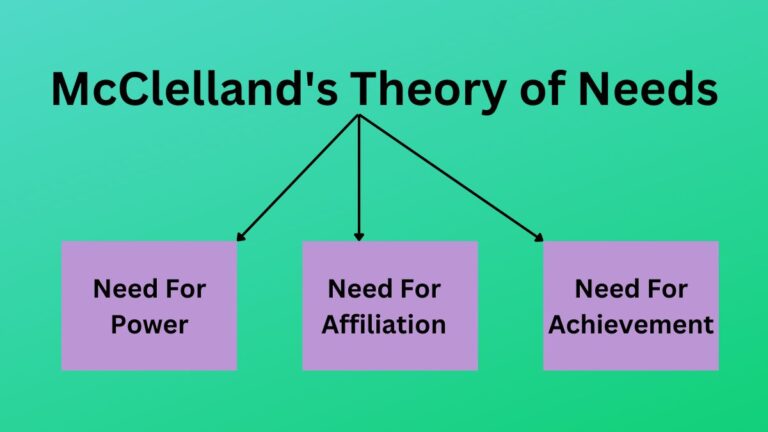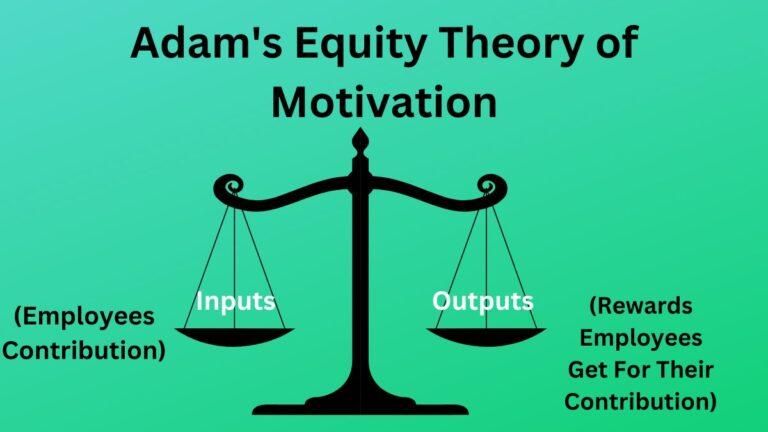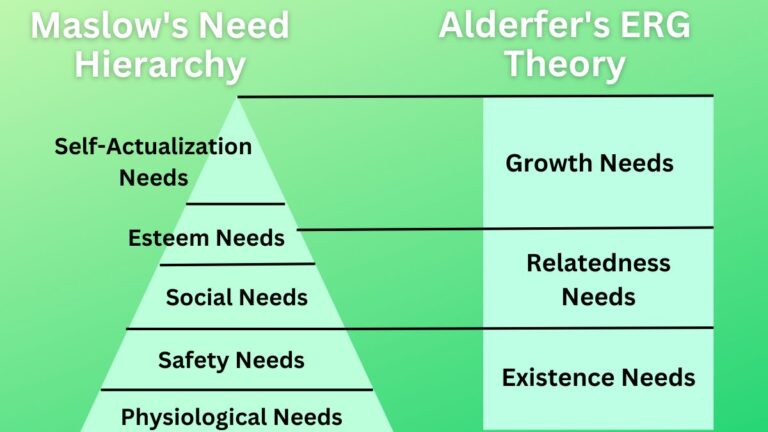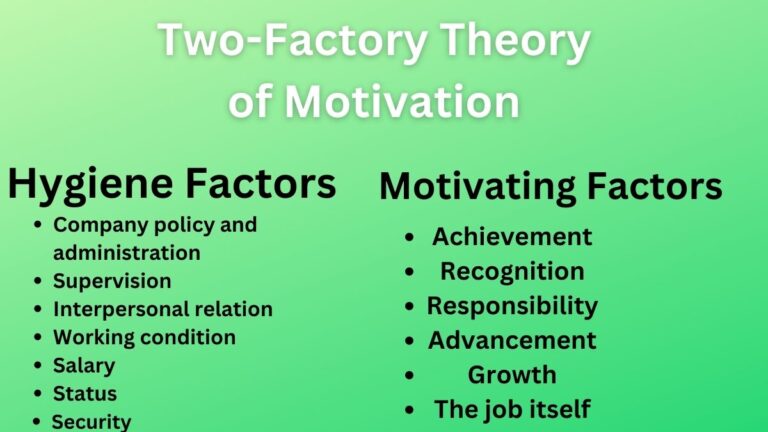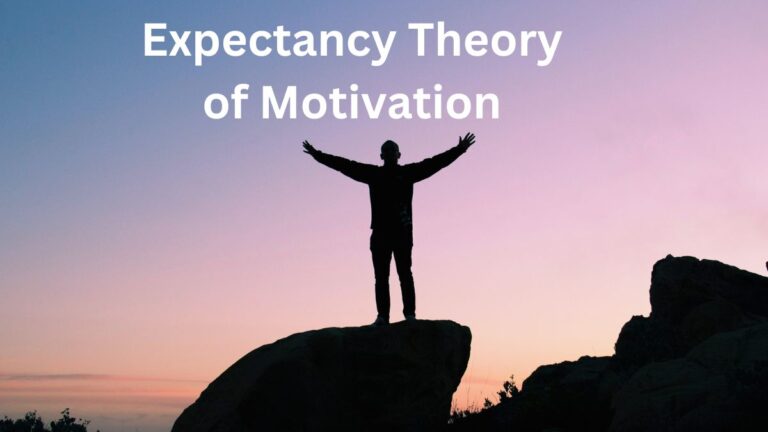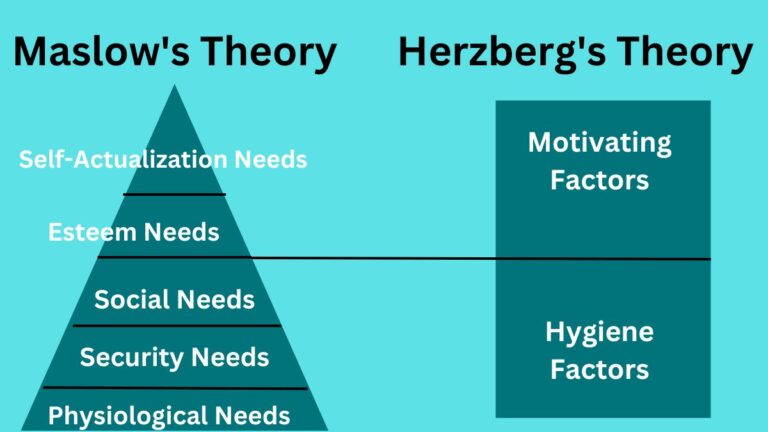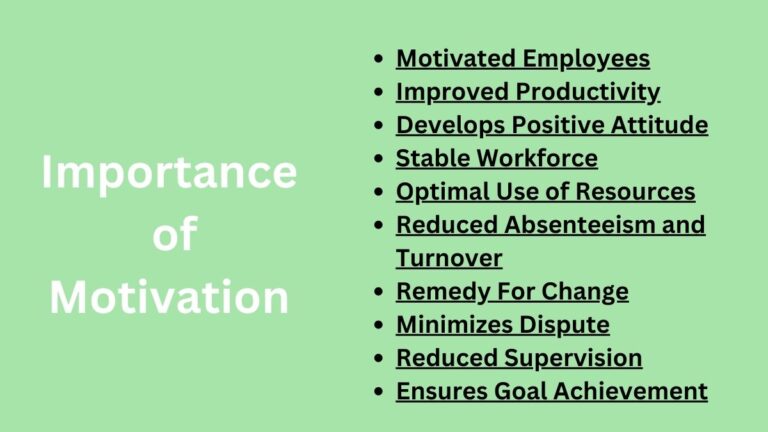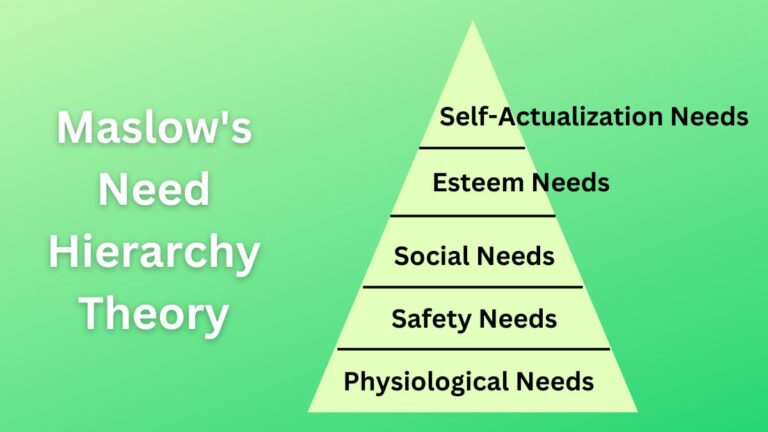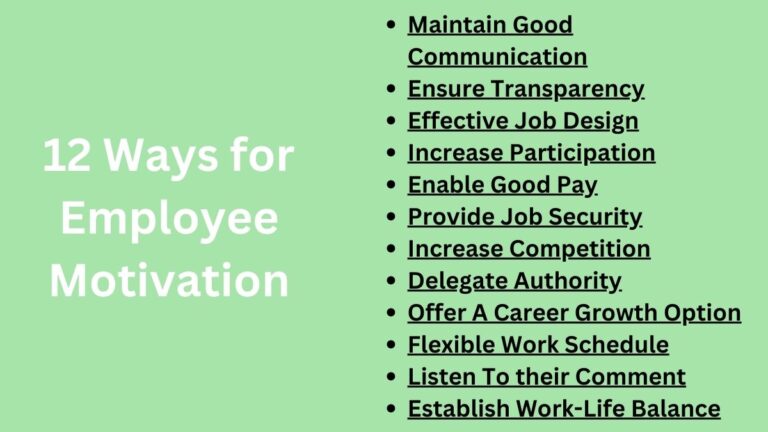What is McClelland’s Theory of Needs? Definition, Components, and Pros/Cons
What is McClelland’s Theory of Needs? McClelland’s theory of needs explains three needs namely – the need for achievement, the need for power, and the need for affiliation influence the motivation of people. David Clarence McClelland (1917-1998), an American Psychologist proposed a motivation theory called the need theory. This theory is also commonly known as the…
